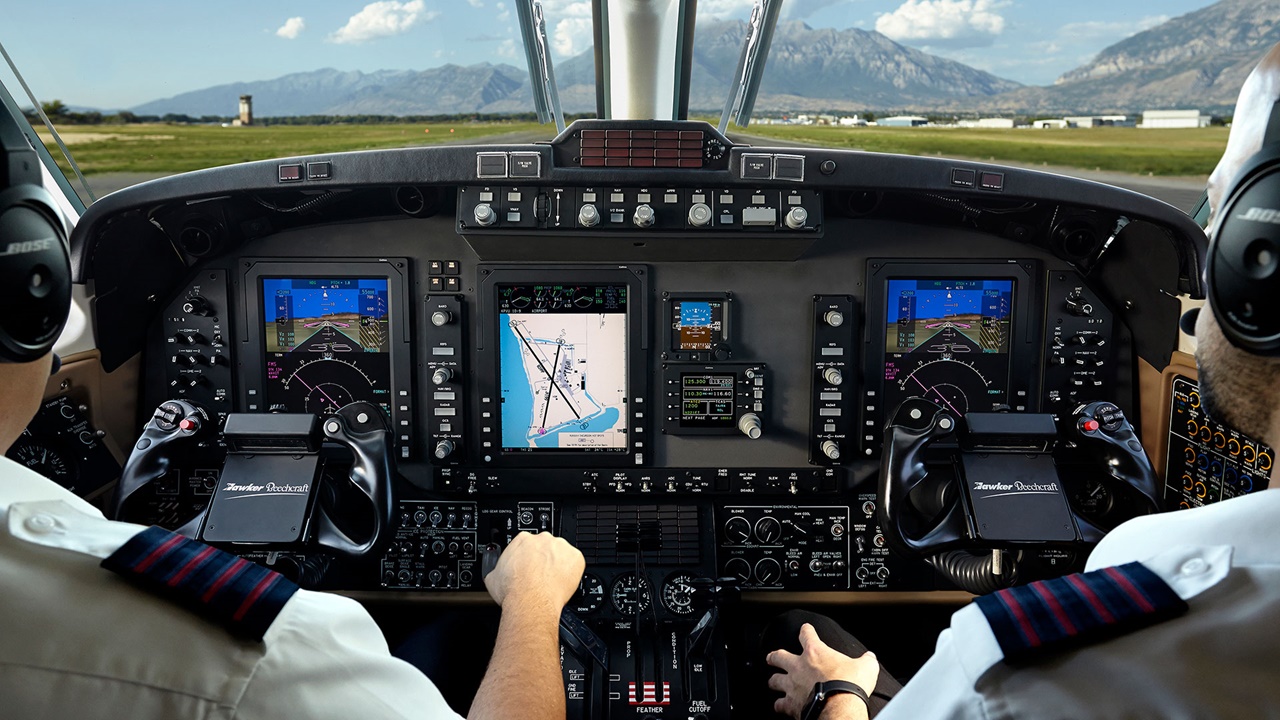
Avionic Systems (Aviation Electronics)
In the aviation industry, avionics systems refer to the set of electronic systems that perform the navigation, communication, control capabilities and many other critical functions of aircraft. The safe and efficient operation of the aircraft depends on the data and control mechanisms provided by avionic systems.
1. Basic Avionic Systems:
- Navigation Systems: These are systems that determine the location of the aircraft and enable it to travel on the desired route.
- Communication Systems: Provides communication between the aircraft and control towers, other aircraft and ground stations.
- Automatic Pilot Systems: Allows the aircraft to fly on a stable route without pilot intervention.
- Indicator and Control Panels: These are the screen and control elements that show the pilots the operations taking place on the aircraft and the status of the aircraft.
2. Security and Auxiliary Systems:
- Radar Systems: These are systems that monitor the aircraft's surroundings and weather conditions and measure the distance between it and other aircraft.
- Ground Proximity Warning Systems (GPWS): It is a system that warns the aircraft if it comes dangerously close to the ground.
- Aircraft Electrical Systems: These are the systems that meet the electrical needs of the aircraft and provide the energy of the avionic systems.
3. Advanced Avionics Systems:
- Advanced Navigation Systems: Provides more precise navigation based on satellite-based and other modern technologies.
- Electronic Flight Bag (EFB): Provides flight planning and navigation information in a digital environment.
- Advanced Auto-Pilot and Auto-Throttle Systems: Performs automatic altitude, speed and route management of the aircraft.
4. Data Transfer and Integration:
- ACARS (Aircraft Communication Addressing and Reporting System): Provides data communication of the aircraft with the ground and other aircraft.
- Avionics Data Network (Avionics Full-Duplex Switched Ethernet - AFDX): Provides data communication between avionic systems within the aircraft.
- Integrated Modular Avionics (IMA): Provides access to various avionics functions through a single platform.
Avionics systems play a central role in the operation of the aircraft and ensure the safe, effective and efficient operation of the aircraft. Advanced technologies are leading to continuous evolution in aviation electronics, enabling safer and optimized flights. In particular, integrated systems and new technological developments make aircraft more intelligent and autonomous, thus providing an easier and safer flight experience for pilots.
These are all elements that shape the future of the aviation industry, travel and transportation and require constant evolution and adaptation.
